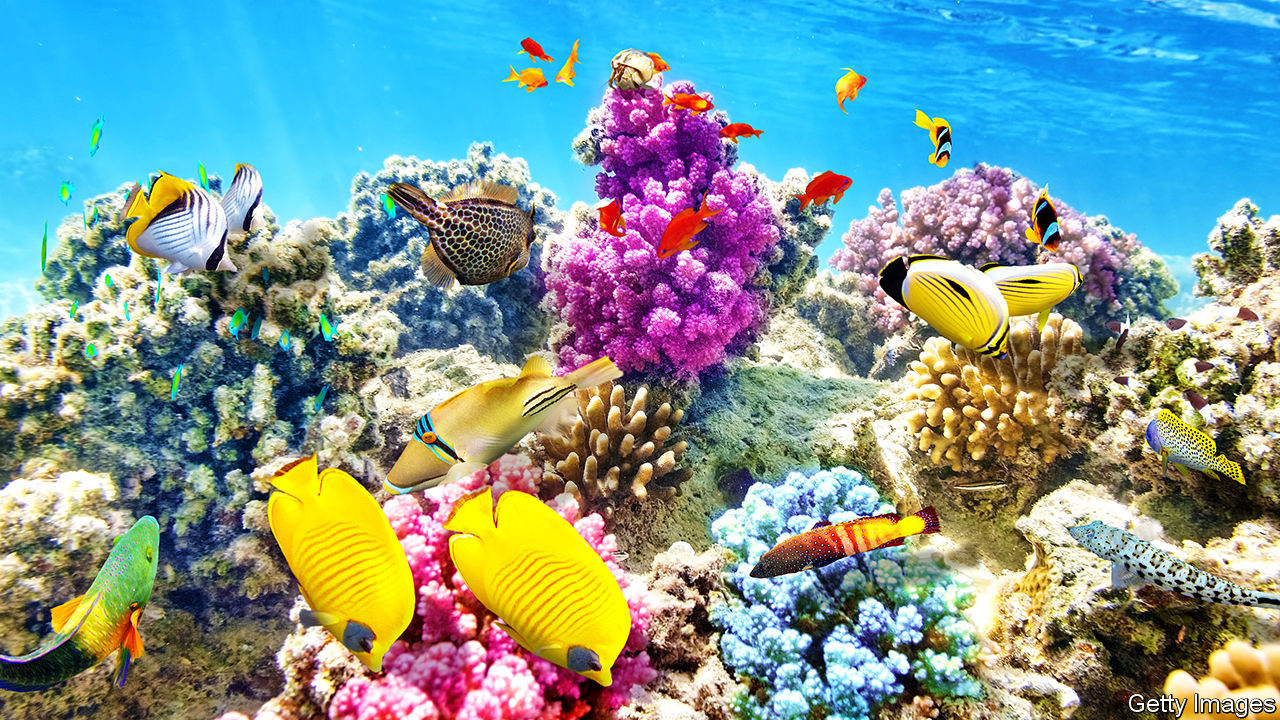Life as we know it depends upon biodiversity, which is why the Campaign for Nature seeks to protect at least 30 percent of the planet by 2030.
This article by Maryellen Kennedy Duckett appeared in the March 2020 issue of National Geographic.
Biodiversity is a concept that’s commonly referenced, yet regularly misunderstood. The complex term not only refers to the mind-boggling variety of life on Earth, but to how everything from genes to entire ecosystems like coral reefs interact to make the planet habitable. The bad news: clear and compelling science (as summed up in a recent, landmark United Nations report) shows that biodiversity is deteriorating worldwide at a faster rate than at any time in human history.
That’s obviously devastating for plants, animals, forests, oceans, and everything else in nature—including us.
“If biodiversity disappears, so do people,” says Dr. Stephen Woodley, field ecologist and biodiversity expert with the International Union for Conservation of Nature, the global authority on the state of the natural world and the measures needed to protect it. “We are part of nature and we do not exist without it… We need biodiversity for every reason we could possibly think of—for our own survival, for our mental health, and for our spiritual health.”
Every living thing—from microorganisms on human skin to behemoth blue whales in the ocean—plays an integral role in supporting life on the planet. So, for example, losing a single insect species may not seem like a big deal. Yet, every loss in nature is akin to pulling another wooden block from a Jenga game. Remove enough pieces and the tower, or in this case, the biosphere—the living layer of planet Earth that supports life as we know it—collapses.
(To read the rest of this article at its original source please click HERE.)

